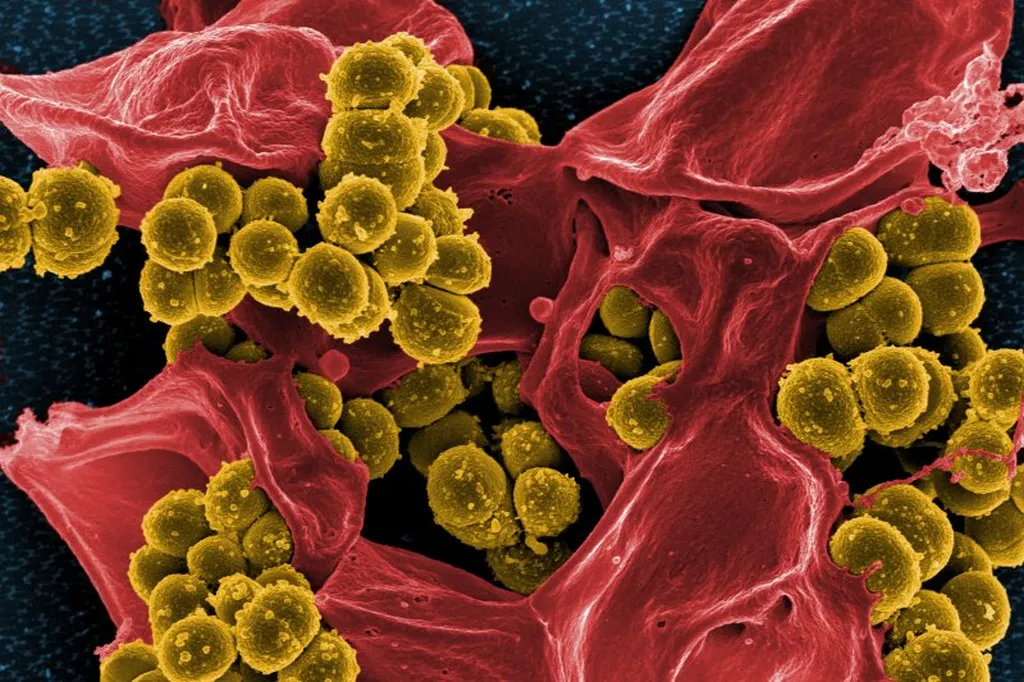In the quest for sustainable nutrient recycling, researchers have made a significant stride in addressing microbial risks associated with source-separated urine. A recent study published in *Frontiers in Microbiology* (which translates to “Frontiers in Microbiology” in English) offers a promising solution for safely converting urine into fertilizer, with implications for the energy and agricultural sectors.
The research, led by Natnael Demissie from the Department of Energy and Technology at the Swedish University of Agricultural Sciences in Uppsala, Sweden, focuses on the simultaneous inactivation of antibiotic-resistant bacteria (ARBs) and the degradation of antibiotic-resistant genes (ARGs) in alkalized human urine. This is a critical area of study, as the coexistence of pharmaceuticals and microorganisms in source-separated urine can pose risks for the development of antimicrobial resistance (AMR), particularly when urine-based fertilizers are applied to soils.
Demissie and his team investigated the effectiveness of UV treatment, hydrogen peroxide, and their combination (UV/H2O2) in inactivating β-lactamase-producing Escherichia coli and vancomycin-resistant Enterococcus faecium, along with their respective ARGs (blaCTX-M and van-A) in urine samples adjusted to pH levels of 10.8 and 12.5. The results were striking. “UV/H2O2 treatment resulted in over 7 log10 inactivation of both ARBs,” Demissie explained. “This is a significant reduction, indicating that the combination of UV light and hydrogen peroxide is highly effective in sanitizing urine.”
The study found that while UV alone and hydrogen peroxide alone had limited effects on ARG reduction, the UV/H2O2 combination achieved notable gene copy reductions of 3 log10 for blaCTX-M and 2 log10 for van-A. Moreover, the researchers discovered that brief storage at pH 12.5 for more than 3 hours achieved similar ARB inactivation and ARG reduction as 80 minutes of UV/H2O2 treatment at pH 10.8. This finding offers a low-energy alternative for sanitizing source-separated urine, which could be particularly beneficial for commercial applications.
The implications of this research are far-reaching. For the energy sector, the development of low-energy methods for urine sanitization could lead to more efficient and sustainable nutrient recycling processes. This, in turn, could reduce the reliance on synthetic fertilizers, which are energy-intensive to produce. For the agricultural sector, the safe recycling of nutrients from urine could enhance soil health and crop yields while minimizing environmental impacts.
As Demissie noted, “This research provides a foundation for developing practical and scalable solutions for urine sanitization. The potential to integrate these methods into existing wastewater treatment and nutrient recycling systems is substantial.” The study not only advances our understanding of microbial risks in source-separated urine but also paves the way for innovative approaches to safe nutrient recycling.
In the broader context, this research highlights the importance of interdisciplinary collaboration in addressing global challenges. By combining insights from microbiology, chemistry, and engineering, Demissie and his team have demonstrated the power of integrated solutions in creating a more sustainable future. As the world continues to grapple with the challenges of antimicrobial resistance and resource scarcity, such advancements are crucial for shaping the future of agriculture and energy.
The study, published in *Frontiers in Microbiology*, serves as a testament to the potential of cutting-edge research in driving meaningful change. As we look ahead, the insights gained from this work will undoubtedly inspire further innovation and collaboration in the pursuit of sustainable and safe nutrient recycling.

